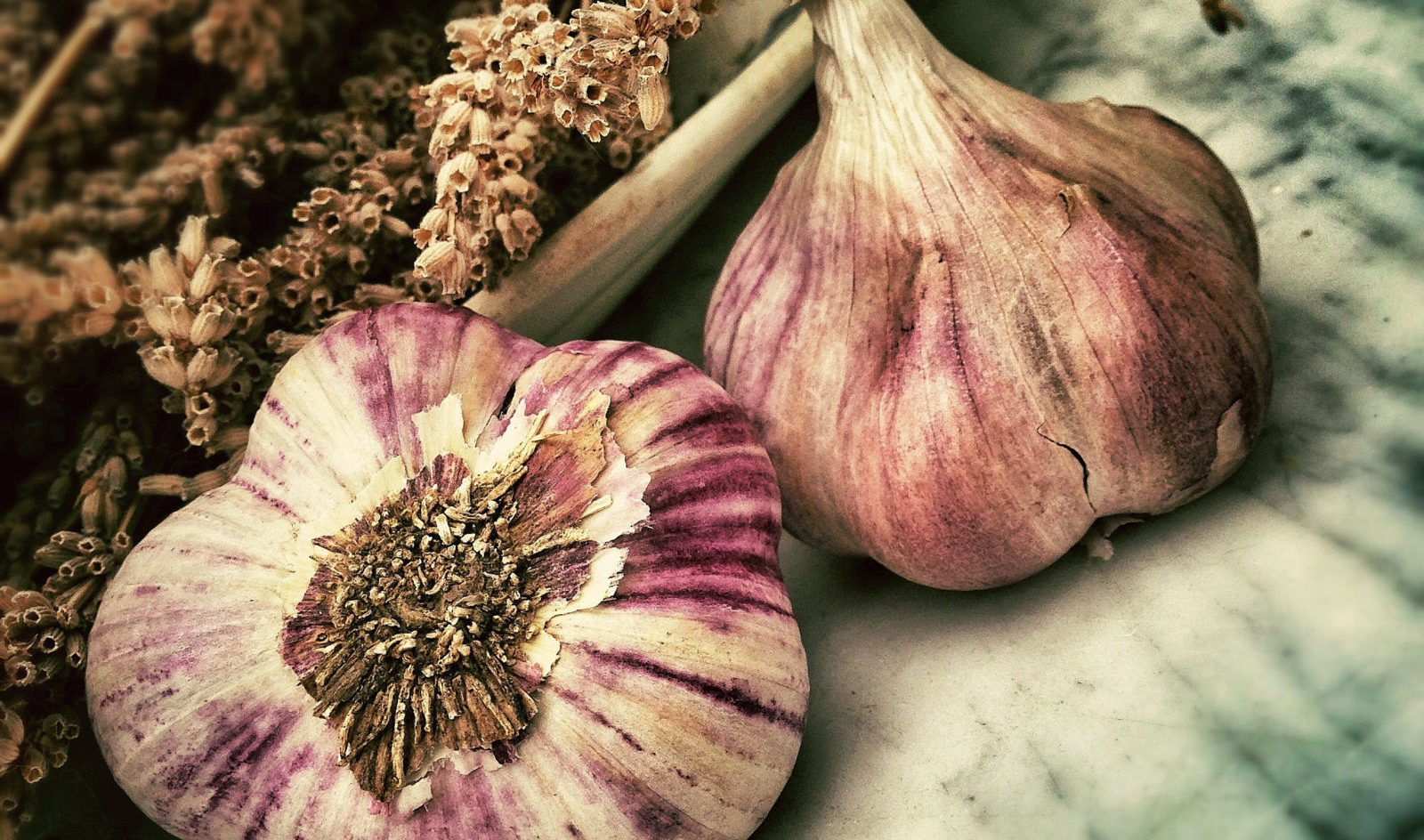Candida is a fungus or a type of yeast, and we have a very small amount living naturally in our body. There are many factors that tip the delicate balance of this microbe:
- sugar
- yeast
- acidic foods
- coffee
- medications (particularly antibiotics)
- alcohol (particularly beer and wine as they are high in yeast)
- inflammation
- and even stress
Do you ever feel that no matter what you do to get rid of your symptoms you just can’t, or they go for a period of time but then always come back? Candida could be at the bottom of them. Whether it be thrush, a fungal skin infection, chronic sinus (with or without infection), or even hay fever.
Candida can get out of control when there is an underlying infection or the immune system is compromised for any reason, or we have toxicity in our body’s like heavy metals. Candida actually ‘eats’ heavy metals, so if we have high levels of these in our systems, candida will naturally increase because it’s trying to help us. However then we start reacting to the higher levels of the candida as well as the heavy metals and/or parasites. Treating both is important when this occurs.
Symptoms of underlying candida can range from:
- digestive disturbances (Crohn’s disease, ulcerative colitis, IBD, gastric ulcers)
- headaches
- mood swings or depression
- skin disorders such as eczema
- itchy skin (even when it doesn’t look disrupted)
- vaginal thrush
- fungal infections on nails
- low energy
- sleep disturbances
- difficulty concentrating, brain fog
- food intolerances
- seasonal and/or year-round allergic symptoms such as hay fever or sneezing
- an oversensitivity to moulds and airborne fungus
Foods that feed candida or a yeast imbalance (and therefore best to avoid):
- yeast – bread, cakes, muffins, anything baked, soy sauce, and more
- sugars – all forms
- alcohol – particularly beer and wine, spirits if they’re mixed with sugary drinks
- fruit (except lemons and limes)
- depending on the severity, some people can tolerate some level and types of fruit but I’d recommend avoiding the real sweet ones like melons and bananas
- some vegetables – sweet potatoes, pumpkin
- for some, avoiding gluten and dairy can help
Foods that help fight candida:
- garlic
- coconut oil
- sauerkraut
- kefir
- fibre (to feed the good bacteria in our gut)
When avoiding the foods above it’s important (and good) to get in the habit of reading food labels. When yeast is naturally occurring (like in tamari or soy sauce), it does not have to be labelled.
Treating candida with diet alone can be really long and hard, which is why I recommend using herbal anti-microbials as well as probiotics and/or fermented foods. The process is just so much faster.
Herbs used to treat Candida overgrowth:
- Pau darco – treats fungal overgrowth
- Oregon grape root – treats a range of microbes
- Hydrastis – treats a range of microbes
- Echinacea – supports a healthy immune system as well as treats fungal and bacterial overgrowth. Treats viruses as well.
Other supplements and nutrients:
- HCL – we need adequate levels of stomach acid so our food is digested properly and doesn’t ferment in our gut (and feed candida), but also it acts as a sort of ‘disinfectant’ to food, keeping out unwanted bugs
- zinc – we need zinc to make HCL, it also helps keep our immune system strong
- vitamin D – needed for our gut and immune system
- probiotics – to support a healthy microbiome
If candida is a recurring problem, I’d advise exploring what the underlying problem is. Is it heavy metals, or parasites or another type of infection? Treating this can be a longer process, but it’s well worth it in the long run.
If you have any symptoms you are unable to get to the bottom of and would like a personalised tailored assessment, please contact us here.
[/vc_column_text][/vc_column][vc_column width=”1/3″][vc_cta h2=”Book a consultation today ” h2_font_container=”font_size:22″ h2_google_fonts=”font_family:Lato%3A100%2C100italic%2C300%2C300italic%2Cregular%2Citalic%2C700%2C700italic%2C900%2C900italic|font_style:400%20regular%3A400%3Anormal” h4_font_container=”font_size:16″ txt_align=”center” add_button=”bottom” btn_title=”Book now” btn_color=”success” btn_size=”sm” btn_align=”center” use_custom_fonts_h2=”true” use_custom_fonts_h4=”true” btn_button_block=”true” btn_link=”url:http%3A%2F%2Ftheallergyclinic.co.nz%2Fcontact%2F|||”]Let’s get to the root of the problem.[/vc_cta][/vc_column][/vc_row]


Recent Comments